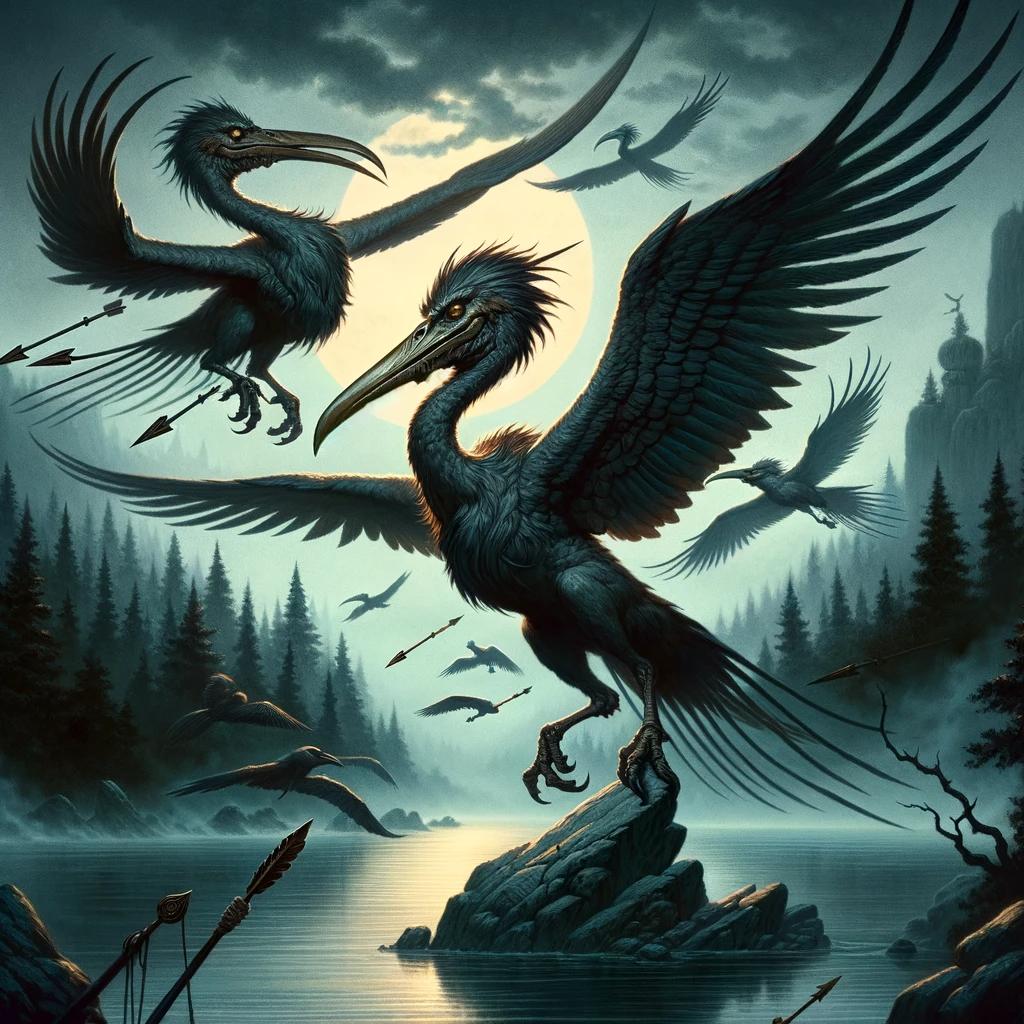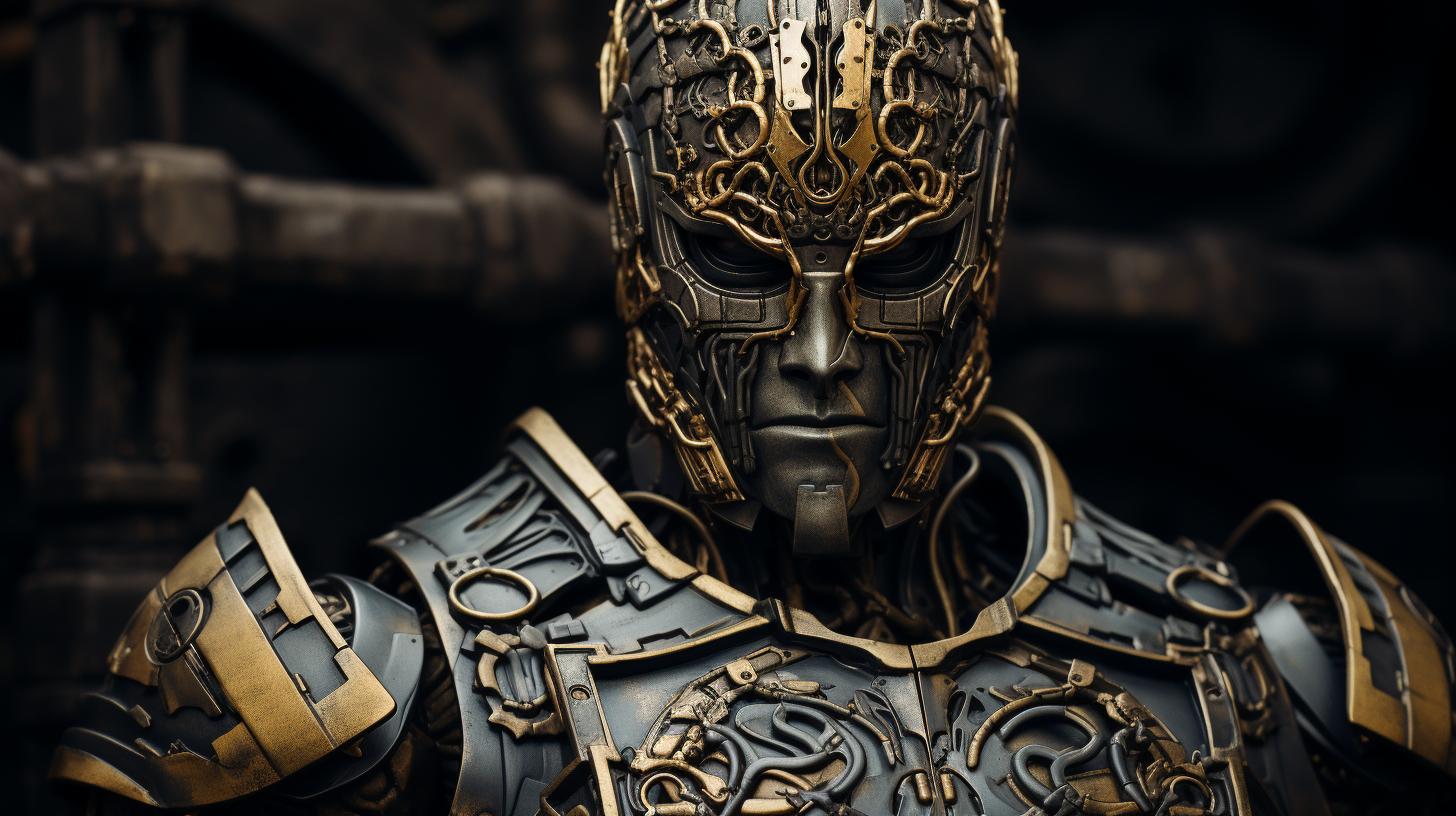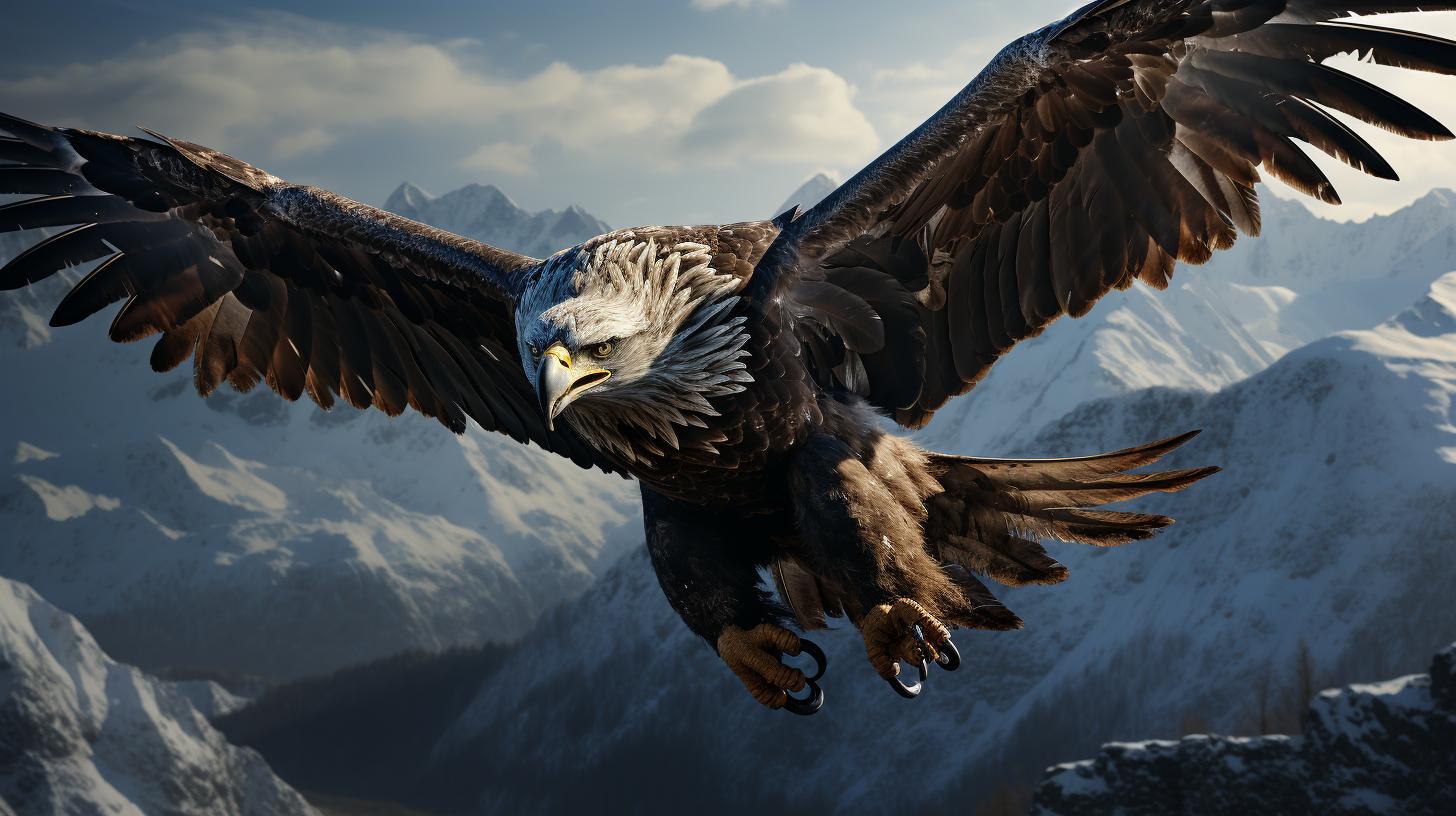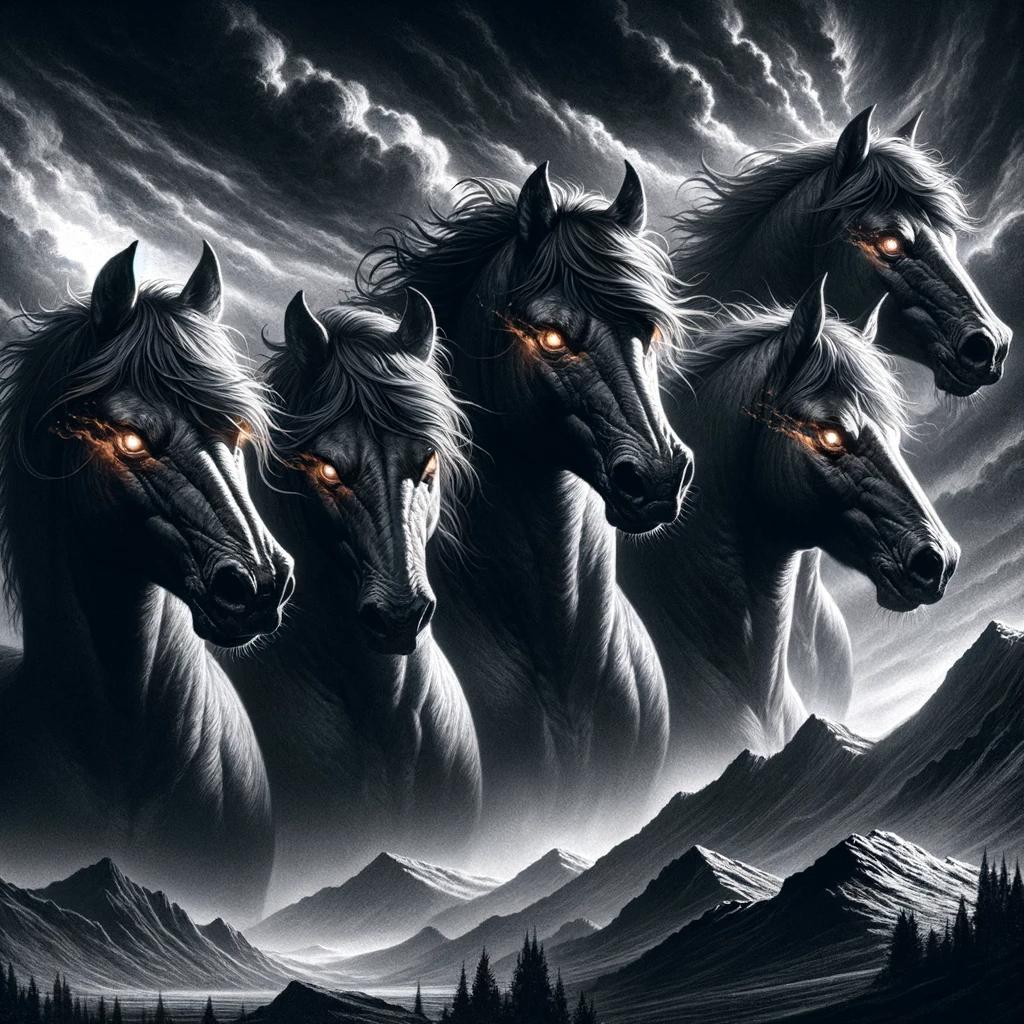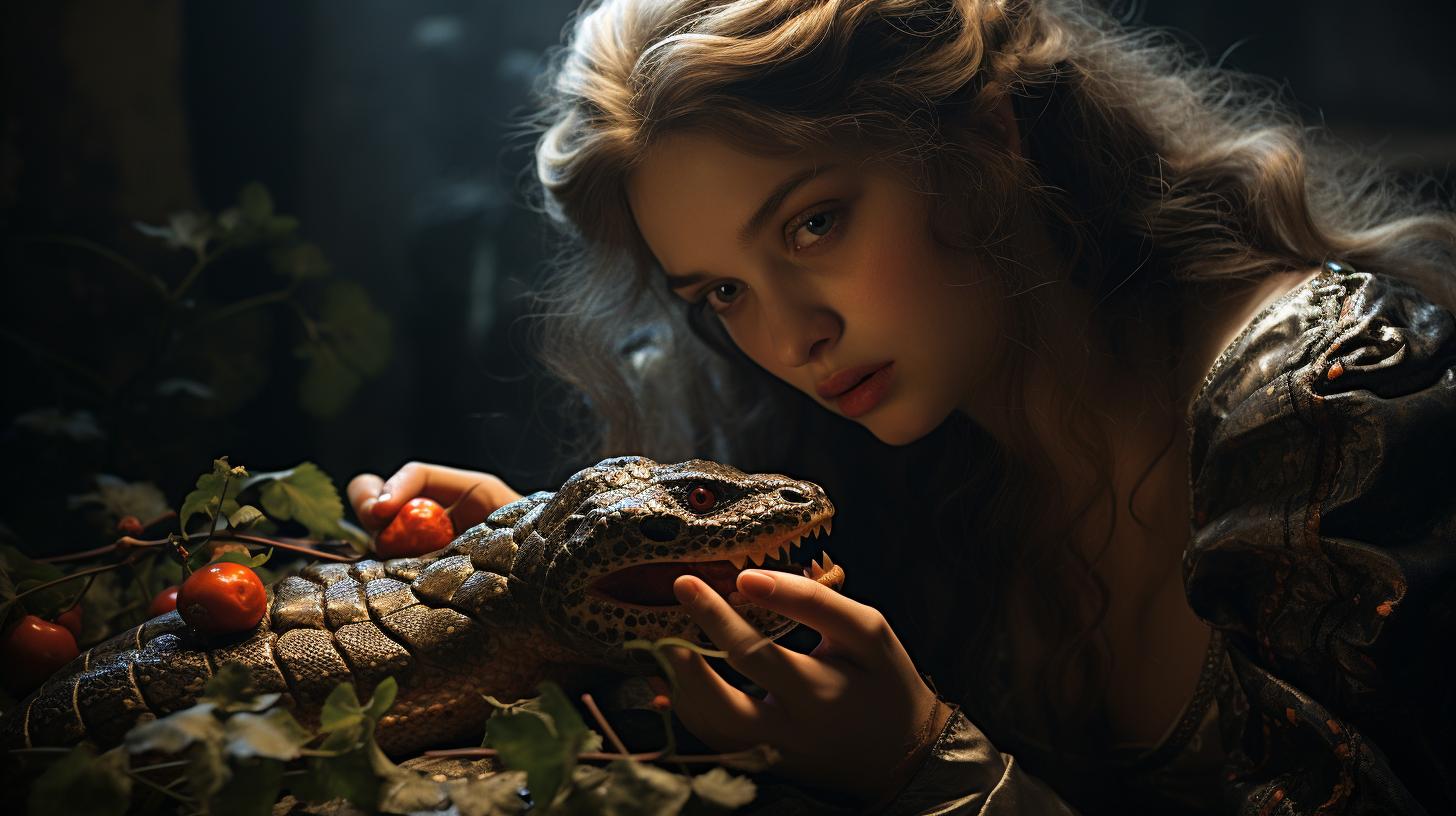Stymphalian Birds Greek Mythology: Unleashing the Fierce Beasts of Ancient Greece
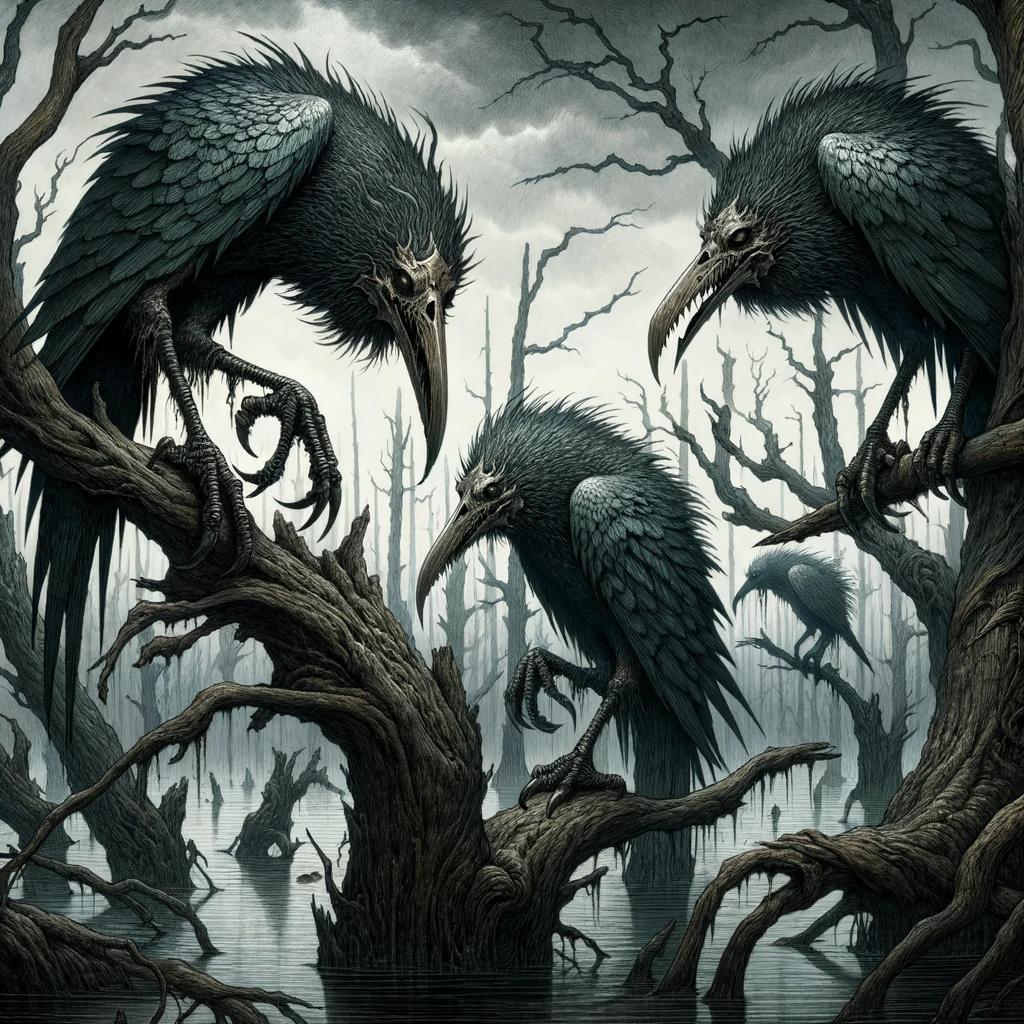
The Stymphalian Birds, fierce and deadly creatures of Greek mythology, inhabited a swamp in Stymphalia. With their bronze beaks and sharp metallic feathers, they mercilessly attacked and killed their prey, launching their deadly feathers and poisonous droppings.
This article explores the origins, descriptions, and mythic encounters involving the Stymphalian Birds, along with their significance in Greek mythology. It also delves into their depictions in art, literature, and historical references, comparing them to other mythical creatures.
Discover the captivating world of these formidable avian creatures in ancient Greece.
The Stymphalian Birds in Greek Mythology
In Greek mythology, the Stymphalian Birds are a ferocious and formidable group of creatures that hold a prominent place in ancient tales and legends. These avian beasts, also known as Stymfalídes Órnithes in Greek, are known for their deadly nature and fearsome attributes.
According to the legends, the Stymphalian Birds resided in a treacherous swamp located in Stymphalia. This marshland became their infamous habitat, wherein they posed a constant threat to anyone who dared to venture into their territory.
What makes these avian creatures truly terrifying are their distinctive physical characteristics. The Stymphalian Birds possess bronze beaks, and their feathers are sharp as metal. They are capable of launching their metallic feathers at high speeds, turning them into lethal projectiles.
Additionally, their excrement is said to be poisonous, adding another layer of danger to their already fearsome reputation.
These bloodthirsty birds exhibit a relentless hunger for flesh, and their preferred targets are unsuspecting hunters who make the mistake of encroaching upon their domain.
They attack with great precision, using their razor-sharp beaks as deadly weapons to wound and kill those who attempt to hunt them down.
The Stymphalian Birds are not confined to just one myth or legend.
They are prominently featured in the story of Hercules, as one of his Twelve Labors was to confront these menacing creatures. The mythic encounter showcases Hercules’ bravery, as he uses his wit and strength to overcome the challenge of defeating the Stymphalian Birds.
Throughout history, these creatures have also left their mark on various works of art, literature, and popular culture. From ancient sculptures and paintings to modern interpretations in books and films, the Stymphalian Birds continue to captivate the imagination of people worldwide.
When studying Greek mythology, it is impossible to overlook the significance of the Stymphalian Birds. They represent the untamed wildness of nature, the inherent dangers that exist in uncharted territories, and the heroic quests that heroes embark upon to prove their mettle.
As we delve deeper into the world of Greek mythology, we shall uncover more fascinating details about the Stymphalian Birds, their place in the pantheon of mythical creatures, their depictions in various forms of art and literature, and their compelling comparison to other legendary beings of ancient lore.
Origins and Descriptions of the Stymphalian Birds
The Stymphalian Birds, known as Stymfalídes Órnithes in Greek, are a group of fierce and deadly avian creatures in Greek mythology. Their origins can be traced back to the swampy region of Stymphalia, where they dwell.
These carnivorous birds are notorious for their unique and menacing characteristics.
The Stymphalian Birds possess beaks made of bronze, which gives them a lethal advantage in their attacks. These sharp, metallic beaks allow them to strike with deadly precision, causing immense harm to their prey.
Their feathers are equally menacing, possessing a razor-sharp edge that can easily pierce the flesh of their victims.
Legend has it that the Stymphalian Birds possess a treacherous ability to launch their metallic feathers at unsuspecting victims.
This deadly attack method, combined with the potency of their venomous excrement, makes them a relentless threat to anyone who dares to cross their path.
It is believed that the Stymphalian Birds primarily prey on those who venture into their territory with the intent of hunting them.
The merciless birds are known to wound and kill their hunters, utilizing their formidable bronze beaks and metallic feathers as lethal weapons. This predatory behavior adds to their fearsome reputation in Greek mythology.
The unique description of the Stymphalian Birds sets them apart from other mythological creatures. Their metallic attributes and deadly attacks make them a distinctive and captivating part of Greek mythology.
Their portrayal in ancient art and literature further emphasizes their significance and the intrigue surrounding these formidable avian creatures.
Hercules and the Stymphalian Birds: Mythic Encounter
One of the most famous tales of the Stymphalian Birds in Greek mythology is their encounter with the mighty Hercules. According to the myth, as part of his Twelve Labors, Hercules was tasked with ridding the region of Stymphalus from the terror of these ferocious birds.
Armed with his bow and arrows, Hercules cautiously approached the swamp where the birds resided.
As Hercules ventured into the treacherous marshland, the Stymphalian Birds cast their sharp metallic feathers at him, creating a deadly rain of projectiles.
Undeterred, Hercules used his lion’s skin as a shield and his legendary strength to fight back. He shot his arrows into the air, skillfully slaying the birds as they descended upon him.
The mythic encounter between Hercules and the Stymphalian Birds symbolizes the hero’s bravery and resourcefulness in the face of danger. It showcases his determination to complete his divine tasks and protect the innocent from the menacing creatures that threaten their lives.
This legendary battle has been depicted in various art forms, immortalizing the hero’s triumph over the fearsome birds.
In popular culture, the story of Hercules and the Stymphalian Birds has been retold and reimagined.
One notable example is the incorporation of these mythological creatures in Rick Riordan’s Percy Jackson series. In this modern adaptation, the Stymphalian Birds pose a formidable challenge for the young demigods, highlighting their importance and enduring presence in Greek mythology.
Through the tale of Hercules and the Stymphalian Birds, we are reminded of the enduring power and significance of Greek mythology. These mythical creatures continue to captivate our imaginations, serving as a testament to the rich cultural heritage of ancient Greece.
Mediating the Stymphalian Birds in Percy Jackson’s Universe
In the captivating world of Percy Jackson, Rick Riordan has skillfully integrated the mythical Stymphalian Birds into his narrative. These formidable and lethal creatures make a memorable appearance in the book series and subsequent movies, offering readers and viewers a unique perspective on Greek mythology.
In the Percy Jackson universe, the Stymphalian Birds are depicted as monstrous, carnivorous creatures with sharp metallic feathers and bronze beaks, just as described in the original mythology. They pose a significant threat to Percy Jackson and his friends, adding thrilling moments of danger and suspense.
Riordan’s creative portrayal of the Stymphalian Birds allows readers to experience the fear and adrenaline that ancient Greeks would have felt when encountering these deadly creatures. From the vivid descriptions to the intense battles, Riordan masterfully brings the Stymphalian Birds to life, making them a memorable part of his modern mythological world.
The inclusion of the Stymphalian Birds in the Percy Jackson series also highlights the enduring appeal and relevance of Greek mythology in contemporary literature. By seamlessly weaving these ancient creatures into a modern story, Riordan not only educates young readers about Greek mythology but also sparks their curiosity to explore this rich cultural heritage further.
Moreover, the Stymphalian Birds serve as an important plot device, pushing the boundaries of Percy Jackson’s abilities and challenging him to find creative solutions to overcome these formidable adversaries.
This not only showcases the resilience and resourcefulness of the main characters but also reinforces the timeless themes of heroism and triumph over adversity.
It is clear that Riordan’s incorporation of the Stymphalian Birds in the Percy Jackson series adds an exciting dimension to the already captivating world of Greek mythology. By mediating these mythic creatures in a modern context, Riordan successfully bridges the gap between ancient legends and contemporary storytelling, captivating readers of all ages with his thrilling interpretation of these fierce, winged beasts.
Significance of the Stymphalian Birds in Greek Mythology
The Stymphalian Birds hold a significant place in Greek mythology, representing the formidable challenges faced by legendary heroes. These ferocious avian creatures with their bronze beaks and deadly feathers symbolize the dangerous obstacles that heroes must overcome in their quests.
Their inclusion in ancient myths showcases the importance of courage, strength, and strategy in the face of adversity.
These birds are prominently featured in the mythological tale of Hercules, one of the greatest heroes of ancient Greece.
His encounter with the Stymphalian Birds was one of his twelve labors, a series of arduous tasks assigned to him by King Eurystheus. This legendary battle demonstrated Hercules’ remarkable skill and valor as he successfully vanquished the vicious birds.
Furthermore, the Stymphalian Birds serve as a recurring element in ancient Greek literature and art. Their depiction in sculptures, pottery, and mosaics reflects their enduring significance in the cultural imagination of the ancient Greeks.
These representations not only celebrate the triumph of heroes but also serve as a cautionary reminder of the dangers lurking in the world and the need for constant vigilance.
- The Stymphalian Birds’ presence in Percy Jackson’s universe further amplifies their significance.
As modern adaptations of ancient myths, these books and films introduce a new generation to the awe-inspiring creatures of Greek mythology. The inclusion of the Stymphalian Birds highlights their enduring appeal and their continued relevance in contemporary storytelling.
- Let’s not forget the intriguing parallels drawn between the Stymphalian Birds and other mythical creatures.
They share certain characteristics with the Harpies, another group of bird-like creatures in Greek mythology known for their vicious nature. Exploring these connections enriches our understanding of the broader mythological universe and the interconnectedness of various legendary beings.
In conclusion, the significance of the Stymphalian Birds in Greek mythology cannot be understated.
They embody the formidable challenges faced by heroes and serve as powerful symbols of the need for strength, courage, and resourcefulness. Their depiction in myths, art, literature, and modern adaptations keeps their mythical legacy alive, transcending time and inspiring new generations to appreciate the rich tapestry of ancient Greek storytelling.
Hunting the Stymphalian Birds in Ancient Greece
When it came to hunting the Stymphalian Birds, ancient Greeks faced a daunting challenge. These ferocious avian creatures resided in the marshes of Stymphalia, making their capture a highly perilous task.
Greek hunters had to employ innovative strategies and tactics to overcome the formidable defenses of these deadly birds.
One approach was the creation of specialized weapons to combat the Stymphalian Birds.
The hunters forged arrows with tips made of bronze, designed to pierce through the birds’ metallic feathers and penetrate their tough hide. These lethal projectiles were their primary means of taking down the vicious avian predators.
- To approach the hunting grounds unnoticed, hunters would wear stealthy attire, blending with the surroundings. They would conceal themselves amidst the reeds and dense vegetation of the marshes, waiting for the opportune moment to strike.
- Once within range, the hunters would take aim with their bronze-tipped arrows, carefully calculating the trajectory to maximize their chances of hitting their targets.
Precise aim and timing were crucial, for one false move could alert the sharp senses of the Stymphalian Birds and put the hunters at great risk.
- Another strategy involved the use of decoys and distractions.
Crafty hunters would set up traps and decoy birds to lure the Stymphalian Birds away from their main nesting areas. This would create an opportunity for the hunters to strike without immediately being detected by the entire flock of ferocious creatures.
It is worth noting that hunting the Stymphalian Birds demanded not only physical prowess but also mental fortitude.
The hunters had to remain calm and focused amidst the chaos and danger of the marshland. A single moment of hesitation could mean the difference between success and a gruesome demise.
In their quest to eliminate the Stymphalian Birds, ancient Greek hunters displayed remarkable courage and resourcefulness. The challenges they faced in hunting these formidable creatures are a testament to the skill and determination required to overcome the mythical terrors of Greek mythology.
Depictions of the Stymphalian Birds in Art and Literature
The Stymphalian Birds have been a popular subject in various forms of art and literature throughout history. Artists and writers have been fascinated by their ferocity, distinctive features, and their association with Greek mythology.
Here are some notable depictions of these extraordinary avian creatures:
- Sculptures and Paintings: The Stymphalian Birds have been depicted in numerous sculptures and paintings, showcasing their menacing appearance and deadly nature.
They are often shown with their metallic feathers and bronze beaks, ready to attack their prey. These artistic representations capture the awe-inspiring presence of these mythical birds.
- Poetry: Renowned poets, such as Ovid and Pindar, have made references to the Stymphalian Birds in their works.
They utilize vivid imagery and metaphors to portray the birds’ viciousness and the challenges faced by legendary heroes in overcoming them. The poems bring to life the intense encounters between these mythical creatures and the heroes who dared to confront them.
- Mythological Texts: Ancient mythological texts, such as the epic poem “The Argonautica” by Apollonius of Rhodes, include accounts of the Stymphalian Birds.
These writings describe their origins, characteristics, and encounters with mythological figures. They add depth to the overall narrative of Greek mythology and provide valuable insights into the symbolism associated with these avian predators.
- Literary Adaptations: The Stymphalian Birds have also made appearances in modern literary works, including those inspired by Greek mythology.
In Rick Riordan’s “Percy Jackson and the Olympians” series, these birds play a significant role in the adventures of the demigod protagonist. The author creatively incorporates the Stymphalian Birds into the contemporary setting, introducing them to a new generation of readers.
These depictions in art and literature highlight the enduring fascination with the Stymphalian Birds and their captivating presence in Greek mythology.
They continue to inspire and captivate audiences, showcasing the rich tapestry of mythical creatures in ancient tales.
Tracing the Stymphalian Birds in Historical References
The Stymphalian Birds from Greek mythology have left traces in historical references that shed light on their significance and cultural impact. While primarily known from ancient Greek texts and artwork, these ferocious creatures have also been mentioned in later works and have inspired various interpretations throughout history.
The earliest references to the Stymphalian Birds can be found in ancient Greek literature, such as the works of Hesiod and Pausanias. Hesiod, a Greek poet from the 8th century BCE, described the menacing nature of these birds and their deadly attacks.
Pausanias, a Greek geographer and travel writer from the 2nd century CE, mentioned the Stymphalian Birds in his descriptions of Stymphalia and their association with the sacred lake and sanctuary dedicated to Artemis.
During the Renaissance period, Greek mythological themes experienced a resurgence in interest, leading to the rediscovery and reinterpretation of ancient texts and artworks.
Artists, writers, and scholars of this era drew inspiration from the Stymphalian Birds, often incorporating them into their works or referencing them in their writings. This renewed interest fueled the exploration and study of Greek mythology, ultimately contributing to a deeper understanding of the Stymphalian Birds.
- Leonardo da Vinci, known for his artistic genius, depicted the Stymphalian Birds in his sketches, showcasing their fierce and menacing appearance.
- William Shakespeare, the renowned playwright, indirectly referred to the Stymphalian Birds in his play “Pericles, Prince of Tyre.”
The character Simonides mentions “crested creatures,” possibly alluding to these mythical birds.
- The poet John Milton also made a passing reference to the Stymphalian Birds in his epic poem “Paradise Lost,” underscoring the endurance of these mythical creatures in literary works.
In the modern era, the Stymphalian Birds continue to captivate and inspire, finding their way into popular culture and entertainment.
From movies to video games, their presence is felt as a testament to their enduring appeal and their mythological roots. They serve as a reminder of the rich tapestry of Greek mythology and the fascinating creatures housed within.
In conclusion, the Stymphalian Birds have left an indelible mark in historical references, evolving from ancient Greek texts to Renaissance artworks and modern cultural works. Their presence in literature, art, and popular culture showcases their enduring significance and serves as a testament to the lasting intrigue of Greek mythology.
Comparison of Stymphalian Birds with Other Mythical Creatures
When exploring the rich tapestry of Greek mythology, it becomes evident that the Stymphalian Birds hold a unique place among mythical creatures. While their avian nature sets them apart, comparisons to other mythical beings can shed light on their distinct characteristics and symbolism.
Let us delve into the realm of Greek mythology and draw intriguing parallels between the Stymphalian Birds and other legendary creatures.
The Hydra: Serpentine Majesty
The Hydra, a fearsome water serpent known for its regenerative powers, shares a kinship with the Stymphalian Birds. Both creatures are formidable adversaries, striking fear into the hearts of heroes.
While the Stymphalian Birds wreak havoc from the skies with their bronze beaks and lethal feathers, the Hydra lurks in the depths, ready to unleash its venomous fangs.
The Chimera: Monstrous Fusion
A mythical fusion of lion, goat, and serpent, the Chimera captures the imagination much like the Stymphalian Birds.
Both creatures embody a fantastic amalgamation of different animal traits, representing the blending of the natural world’s diverse aspects. This symbolism suggests the fascination with creatures that defy categorization and challenge the confines of traditional notions of existence.
The Harpies: Avian Harbingers
As avian beings, the Harpies share a connection with the Stymphalian Birds. However, while the Stymphalian Birds possess a raw ferocity, the Harpies embody a somber presence, often associated with omens of doom and punishment.
Their connection shines a light on the duality of bird symbolism in Greek mythology, representing both the power and the darker aspects of nature.
Pegasus: Celestial Equine
In the realm of celestial beings, Pegasus, the winged horse, stands out as a majestic companion to heroes. While the Stymphalian Birds are deadly adversaries, Pegasus symbolizes grace, swiftness, and divine connection.
Both creatures exemplify the intricate relationship between animals and gods in Greek mythology, offering different perspectives on the role of extraordinary beings in mortal affairs.
In conclusion, the Stymphalian Birds, with their distinctive attributes and lethal nature, find intriguing comparisons with other mythical creatures.
The Hydra’s serpentine majesty, the Chimera’s monstrous fusion, the Harpies’ avian harbingers, and Pegasus’ celestial equine form all provide fascinating parallels that enhance our understanding of the Stymphalian Birds’ significance within Greek mythology.
.











